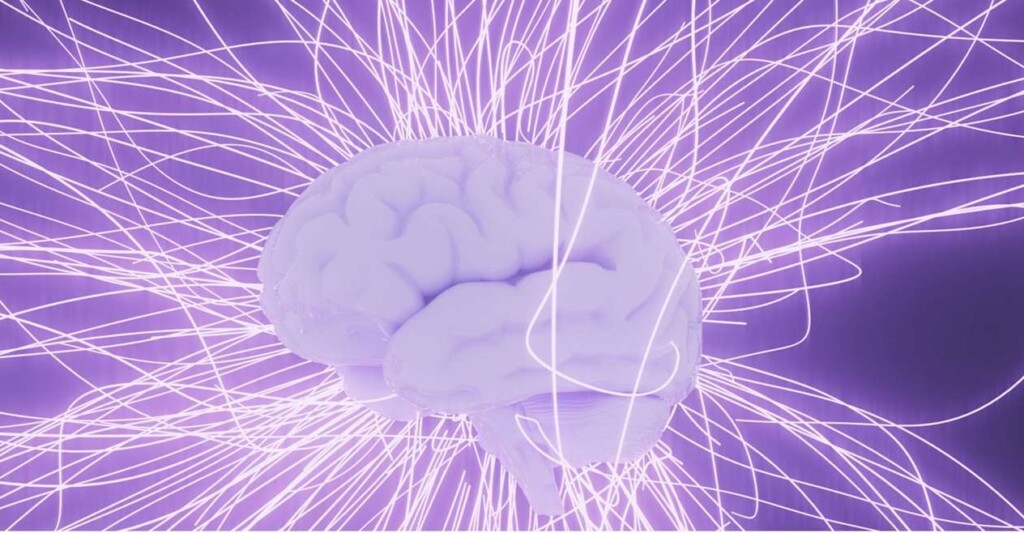 Credit – George C for Unsplash +
Credit – George C for Unsplash +An international team of neurosurgeons and organ transplant specialists recently discovered that a brain can be revived 50 minutes after being removed from the body if connected to a liver.
It was a bit of a ghoulish experiment, but the results could be vital to improving common resuscitation methods in cases of ischemic heart attack, one of the most common causes of death worldwide.
It’s generally the case that a brain can survive in an ischemic state for no more than 5 to 8 minutes. In a model of cardiac arrest, when blood isn’t reaching the brain, first responders have mere minutes to act because the brain is so heavily dependent on oxygenated blood. The neurons can die without it in the time it takes for an ambulance to arrive.
Even in cases where victims of ischemic cardiac arrest are resuscitated, the minutes without oxygen can lead to severe brain damage.
Researchers at the First Affiliated Hospital of Sun Yat-sen University in Guangzhou used a life support system to try to restore neural activities in pigs’ brains 50 minutes after removing them from the body.
The goal was to test conditions in which that 5 to 8-minute window might be expanded.
The following report contains descriptions of a somewhat gory procedure on an animal that some readers may find distressing, and therefore discretion is advised.
Aged pigs already set to be put to sleep had their brains and livers removed and connected to an artificial heart and lungs by a German/Cleveland/Chinese study team.
The researchers designated their method of approach “ex vivo brain maintenance technology” in other words, a system whereby if a person’s heart fails, their brain is kept alive on an artificial one long enough for a heart transplant to occur, a situation that may happen to someone awaiting a transplant.
MORE RESEARCH LIKE THIS: New Tech Revives ‘Unusable’ Organs–10 Successful Transplants Used Kidneys That Are Normally Discarded
They called the specific procedure they carried out on the pig a “liver-assisted brain normothermic machine perfusion (NMP).” They found that the connection of the liver to the artificial heart greatly improved the condition of the brain post-resuscitation, increased activity in the cortex, and increased survival rates in the neurons.
Brain waves returned 50 minutes following removal from the body in the brains treated with NMP with the liver compared to those without.
According to Chinese state news agency Xinhua, this study is the first to reveal the crucial role of the liver in repairing brain damage after cardiac arrest.
ON THE CUTTING EDGE: Titanium Maglev Heart Implanted Successfully in a Patient for First Time May Help Others Waiting for a Transplant
An analysis revealed that the mechanism responsible for this may be the liver’s crucial role as the producer of ketones in the body, a key nutrient for brain metabolism produced in the liver from the oxidation of fat.
“The ex vivo liver-assisted brain NMP model provides a unique platform for further investigating the maximum ischemic tolerance of the brain, and the roles of other organs in post-CA brain injury,” He Xiaoshun wrote in a corresponding paper on the discovery, who also told Xinhua that their work would help improve or at least better inform transplant and heart attack medicine.
SHARE This Story With Your Friends Who Love Modern Medicine…
Source link

